
How to Make Kyushoku (Japanese School Lunch Recipe)
When you visit Japan, you can experience almost everything, from Japanese food and activities to the unique places and seasons. However, one thing you can almost never experience, even if you come to Japan, is “kyushoku,” the school lunch system served in public elementary and junior high schools across the country.
Kyushoku is an enjoyable time of the day in school life, with every student looking forward to it. Checking the list of “today’s menu” posted on the classroom wall is a common sight, and finding your favorite dish often brings a moment of excitement. In this article, let’s take a closer look at Japanese kyushoku and what makes it unique.
Kyushoku is typically prepared in the kitchen attached to each school. Each school also has its own registered dietitian, who plans and calculates the nutrition and calories for a well-balanced lunch. This means each school offers different kyushoku every day, and the variety is amazing. Although there are popular kyushoku menus across Japan, the choices largely depend on the region and the registered dietitian at each school.
Kyushoku is served by a group of students who take turns distributing the dishes and cleaning up, wearing apron-like clothes called hakui (white coat). This system teaches students to be responsible for others and to estimate the appropriate portion size when serving from large pots to ensure even distribution.
But the benefits of kyushoku go beyond. In Japan, kyushoku plays an important role in education. Here are some reasons why Japanese kyushoku is appreciated by people from other countries.
- Balanced Meals: Kyushoku is made using various ingredients daily, carefully calculated to provide about one-third of a student’s daily needs for the five basic nutrients: carbohydrates, proteins, fats, vitamins, and minerals. In Japan, food ingredients are broadly divided into six major food groups, as outlined by Japanese nutritional guidelines. To achieve a balanced intake, kyushoku follows this principle. Meals are prepared under strict hygiene standards, ensuring children can enjoy nutritious, hygienic school lunches every day.
- Seasonal and Event-based Foods: Kyushoku often incorporates seasonal vegetables. Japan’s four distinct seasons bring a variety of unique ingredients. Kyushoku also provides traditional menus for seasonal events. For example, chirashi-zushi on Hinamatsuri.
- Exposure to International Cuisine: Kyushoku sometimes includes Western, Chinese, and other international dishes, offering students a chance to learn about different cultures.
- Learning Table Manners: Students learn important Japanese table manners through daily meals.
- Mottainai Mind (Avoiding Waste): Teachers encourage students not to waste food. Sometimes, students learn how much leftover kyushoku is returned to the kitchen. They also develop an appreciation for farmers and kitchen staff.
- Encouraging Communication: Kyushoku serves as a time for students to interact. Surprisingly, kyushoku is inexpensive, about 300 yen per meal, charged monthly.
Today, I’m introducing one common kyushoku menu: wakame gohan, karaage, kenchin-jiru, cabbage ohitashi, fruit punch, almond fish snack, and milk. These were common in my school life, and my daughter still eats this today!
If you’re interested in learning more about Japanese lunch culture, be sure to check out our full guide on bento boxes, including tips on choosing the best bento boxes for adults.
You might also enjoy exploring the world of umeboshi, Japan’s iconic pickled plums often featured in school lunches.
If you’d like to recreate a Japanese-style lunch set at home, try pairing your meal with simple recipes like Japanese potato salad with crispy bacon, tamagoyaki (Japanese omelet), or kinpira renkon (braised lotus root). These dishes are easy to prepare and go perfectly with a classic kyushoku-style lunch!
Overview
Prep time: 45 mins
Cook time: 45 mins
Total time: 1hr 30mins
Total servings: 4
Difficulty: Medium
Ingredients
- 300g uncooked rice (for wakame gohan)
- 1Tbsp mirin (for wakame gohan)
- 1Tbsp cooking sake (for wakame gohan)
- 1Tsp salt (for wakame gohan)
- 5g dried wakame seaweed (for wakame gohan)
- 600g chicken thighs (for karaage)
- 2Tbsp soy sauce (for karaage)
- 2Tbsp cooking sake (for karaage)
- 2Tsp sesame oil (for karaage)
- 1Tsp chicken stock powder (for karaage)
- 15g grated ginger (for karaage)
- 5g grated garlic,optional (for karaage)
- 2Tbsp all-purpose flour (for karaage)
- potato tarch and cooking oil, as needed (for karaage)
- 100g daikon radish (for kenchinziru)
- 45g carrot (for kenchinziru)
- 45g Japanese leek (for kenchinziru)
- 20g burdock (for kenchinziru)
- 75g konjac (for kenchinziru)
- 150g firm tofu (drained) (for kenchinziru)
- 1Tsp sesame oil (for kenchinziru)
- 500ml dashi stock (for kenchinziru)
- 1.5Tbsp lighter soy sauce (for kenchinziru)
- 1Tbsp mirin (for kenchinziru)
- salt to taste (for kenchinziru)
- 100g cabbage (for cabbage ohitashi)
- 1g bonito flakes (for cabbage ohitashi)
- 1Tsp lighter soy sauce (for cabbage ohitashi)
- 100g canned mikan (for fruit punch)
- 50g syrup (for fruit punch)
- 100g mixed fruits (for fruit punch)
- 150ml water (for fruit punch)
- 50g sugar (for fruit punch)
- 50g shiratama powder (for fruit punch)
- 40ml~ water for shiratama (for fruit punch)
- Milk
- Almond Fish Snack
Expert's Tip

Instructions
1) Gather the Ingredients & Prepare the Wakame Gohan (Rice)
2) Prepare the Karaage (Chicken)
3) Prepare the Ingredients for the Kenchinziru (Vegetable Soup)
4) Sauté and Simmer the Vegetables and Tofu for Kenchinziru
5) Prepare Cabbage Ohitashi
6) Prepare the Fruit Punch
7) Make Shiratama (Mochi Rice Balls) for the Fruit Punch
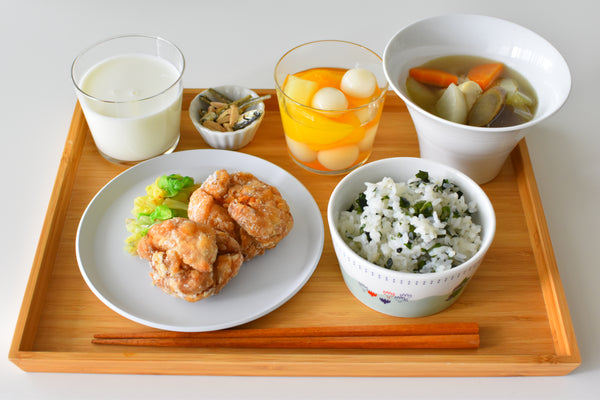
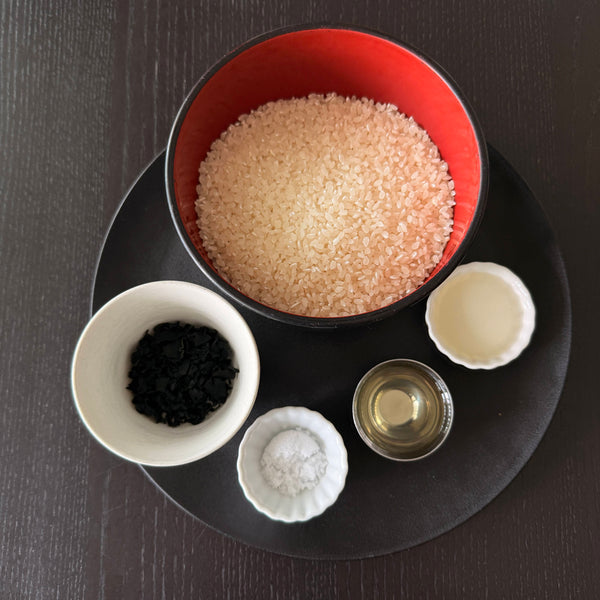

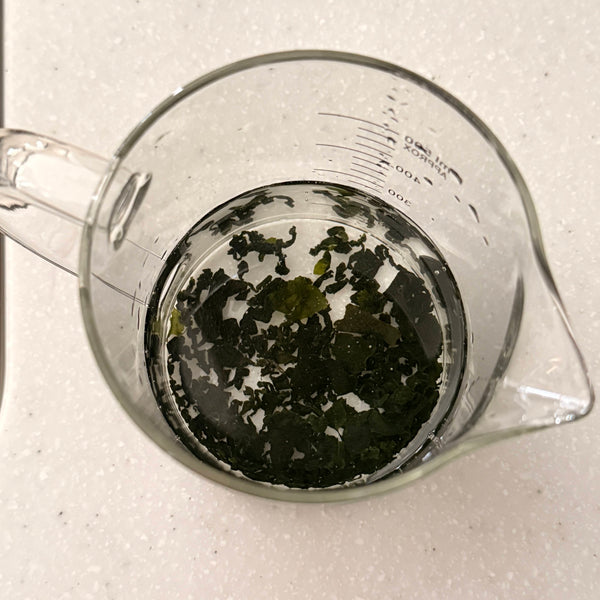
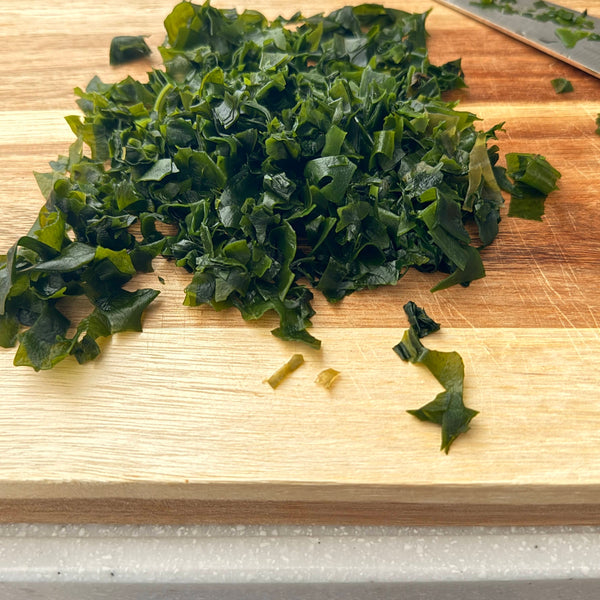
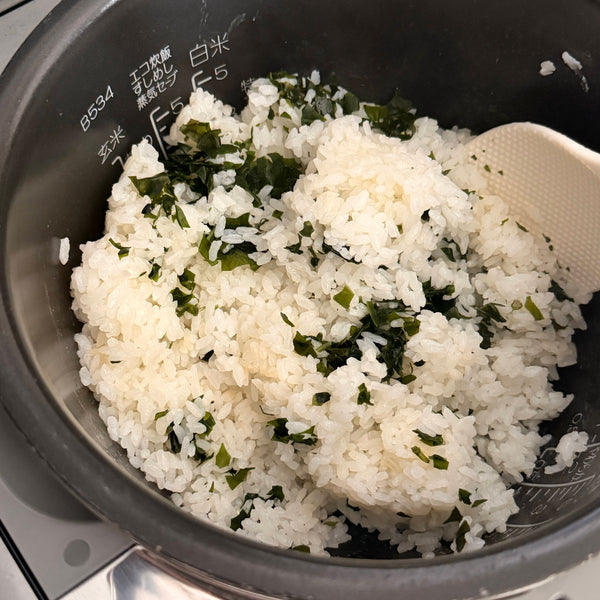

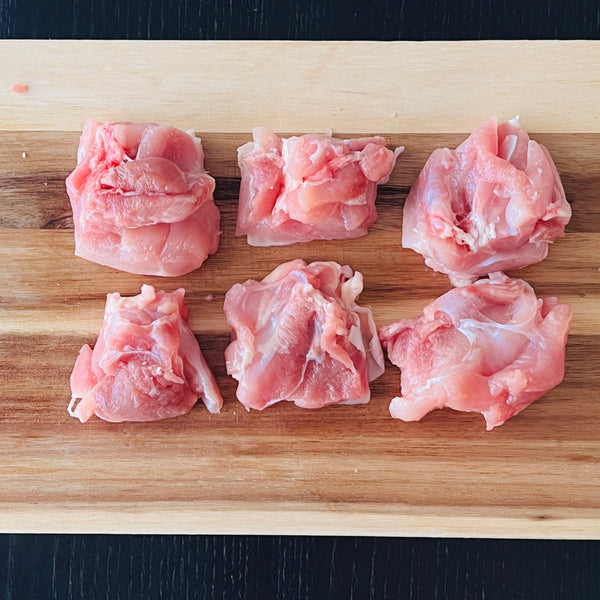

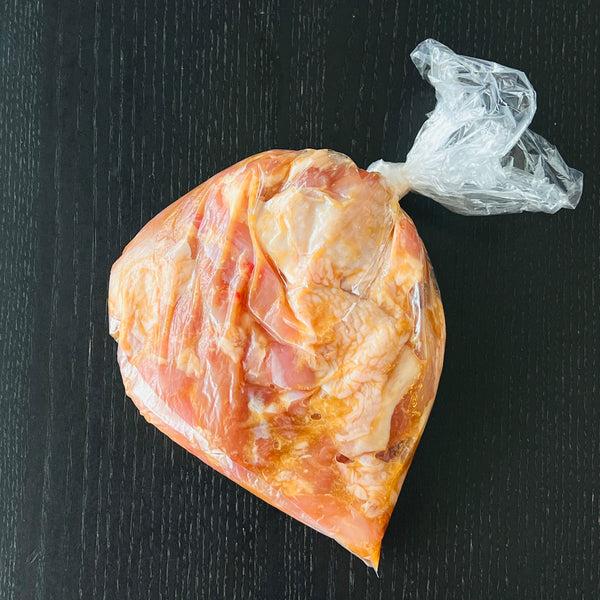
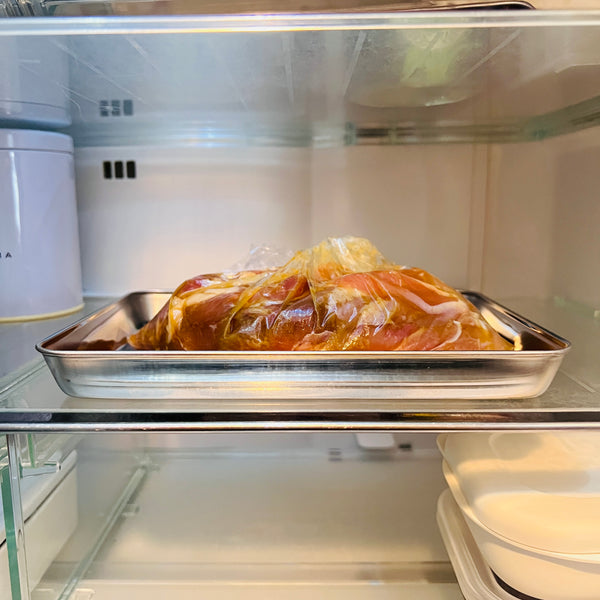
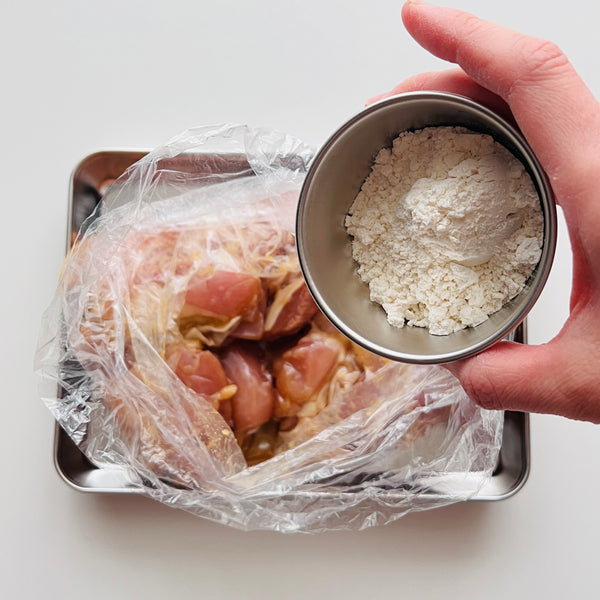

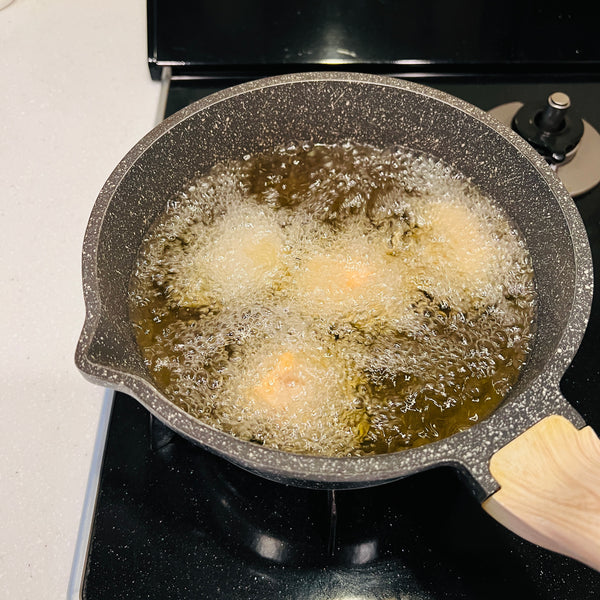
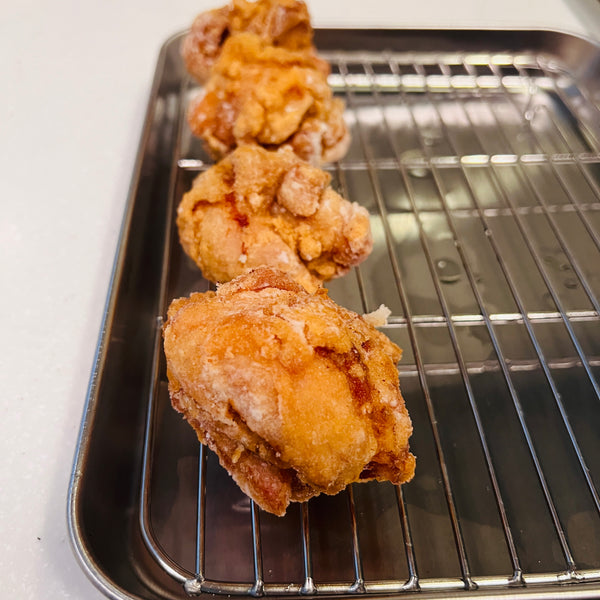


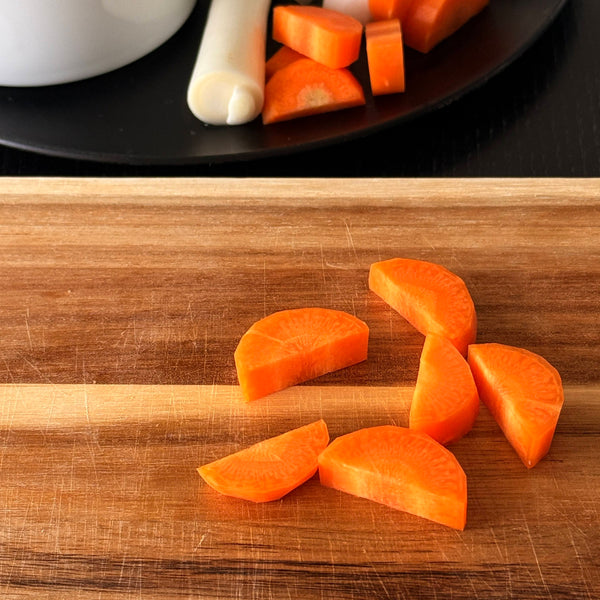
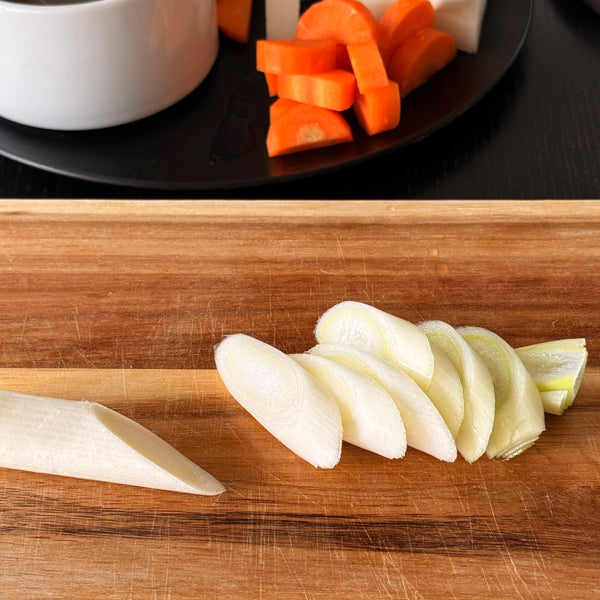
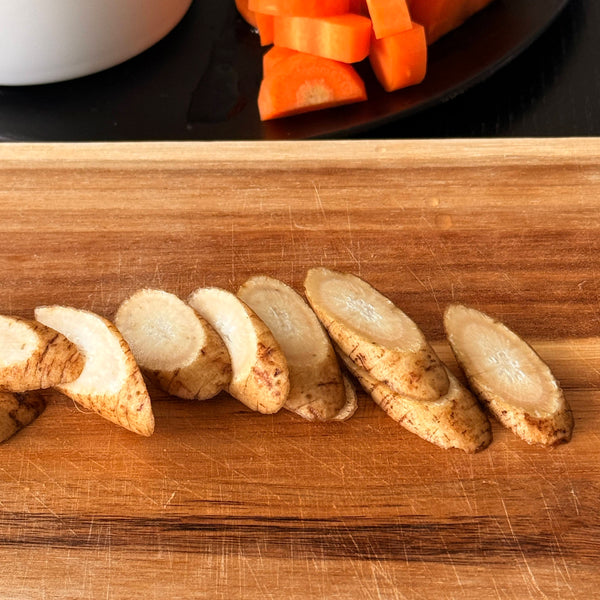
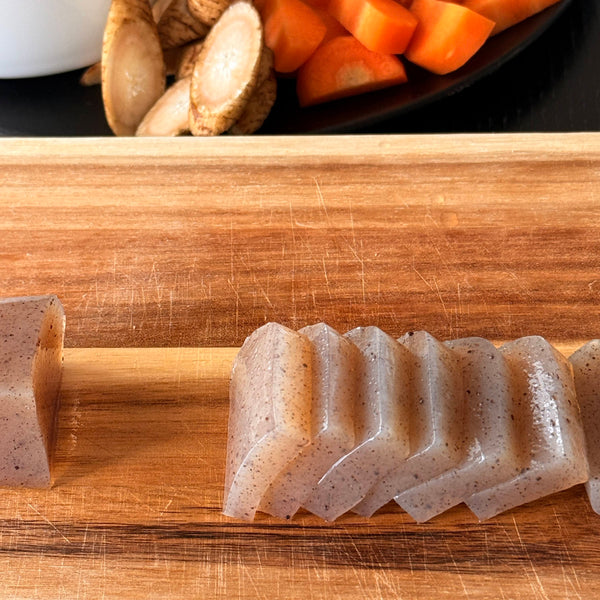
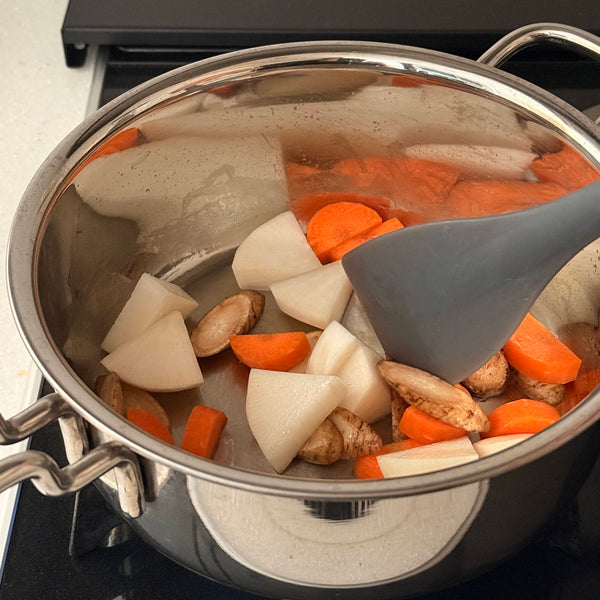

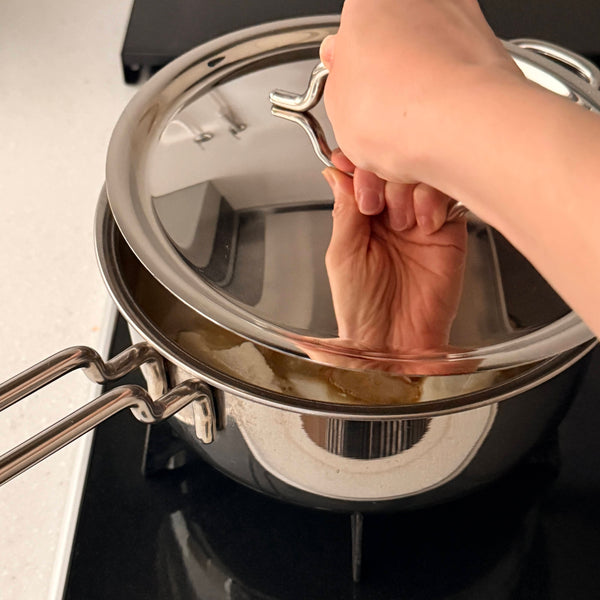
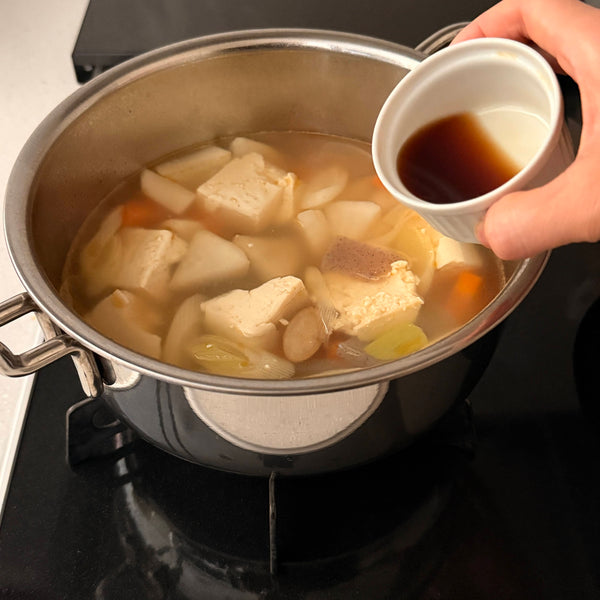
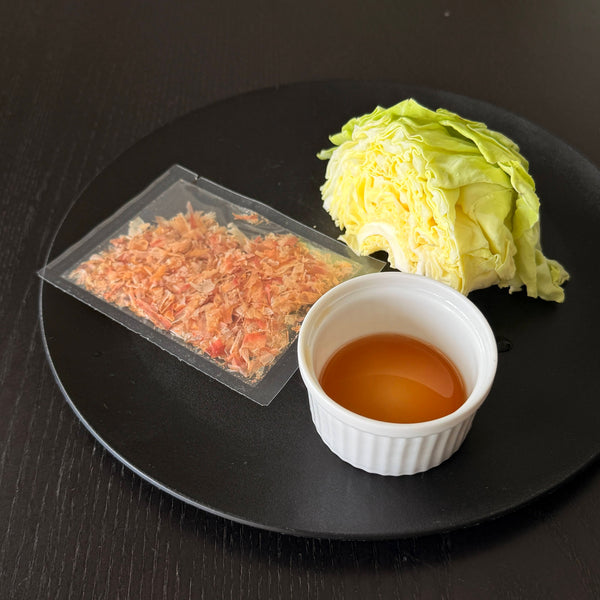
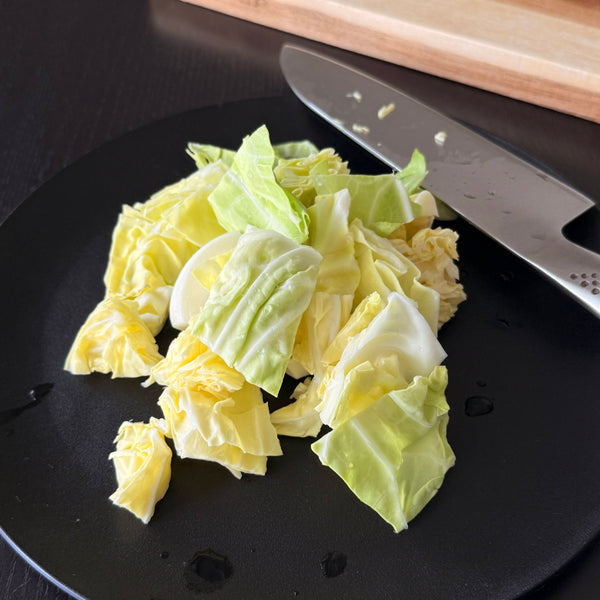
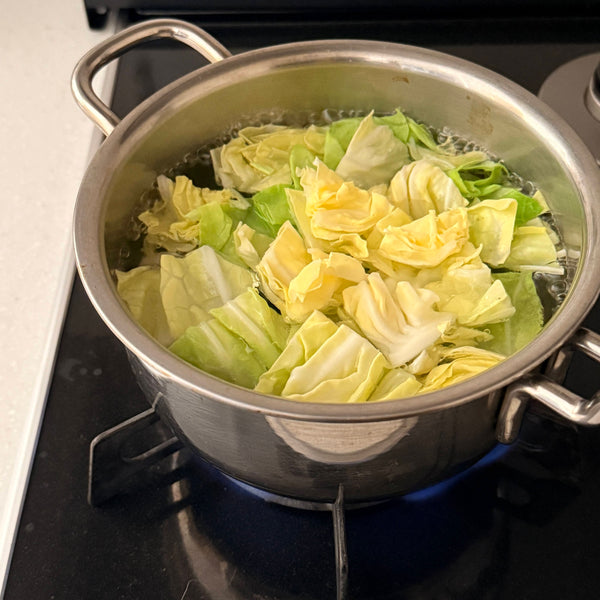
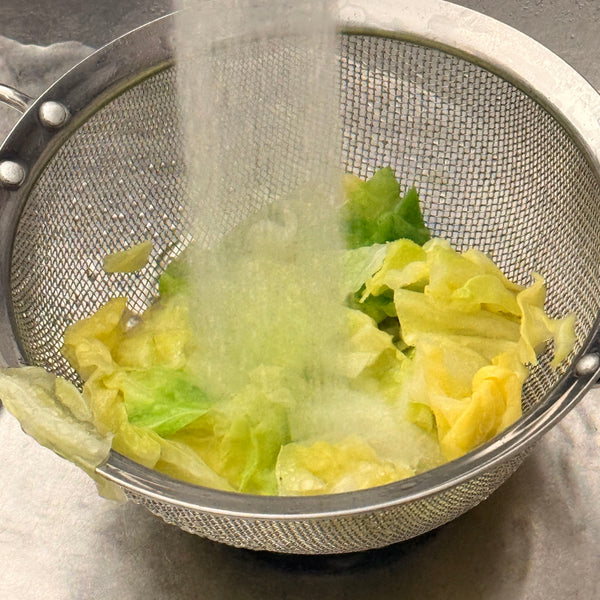
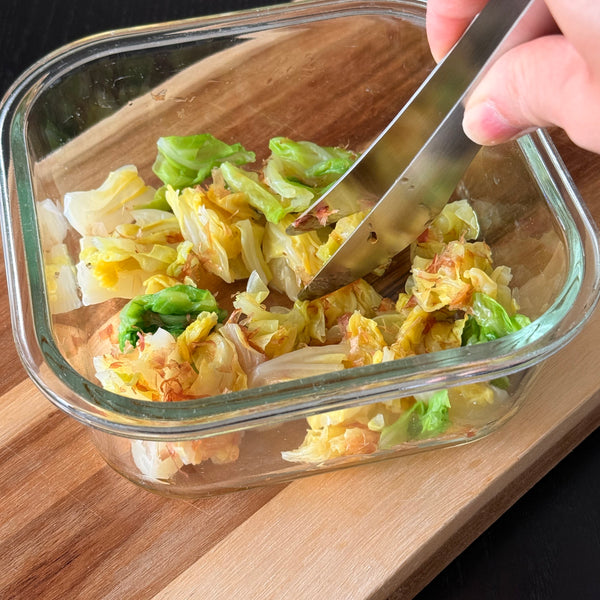

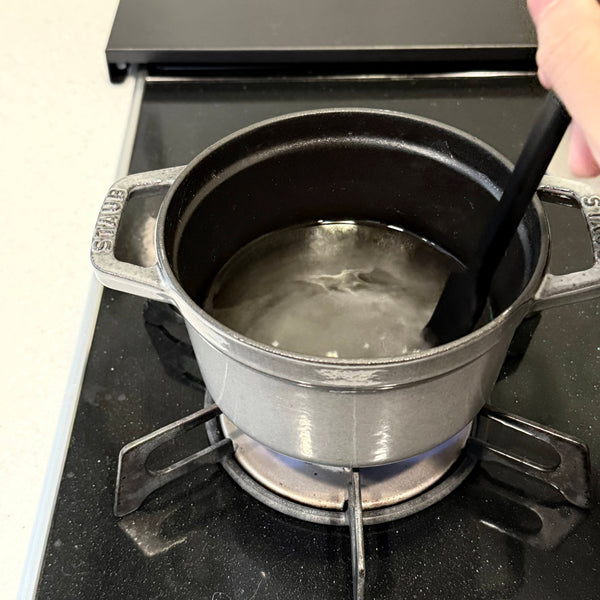
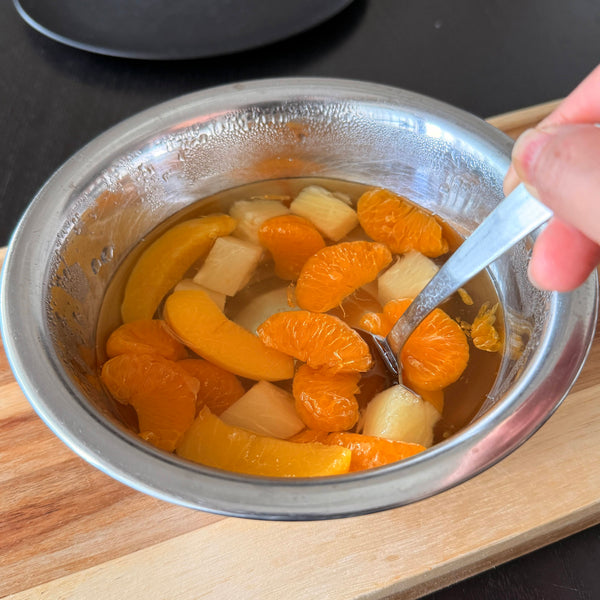
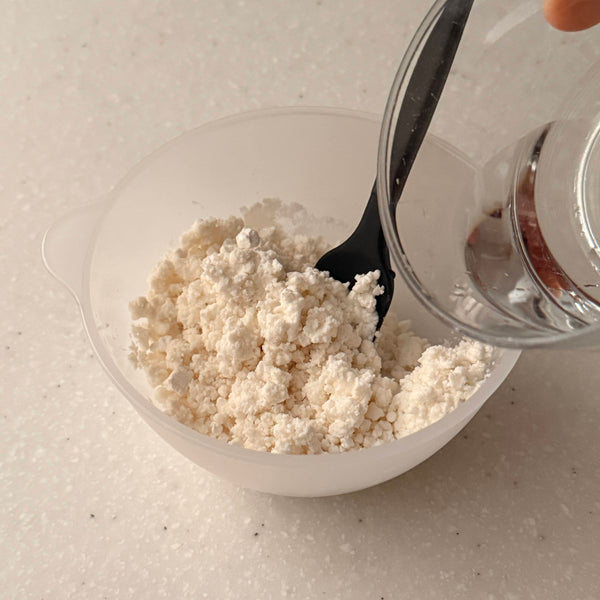
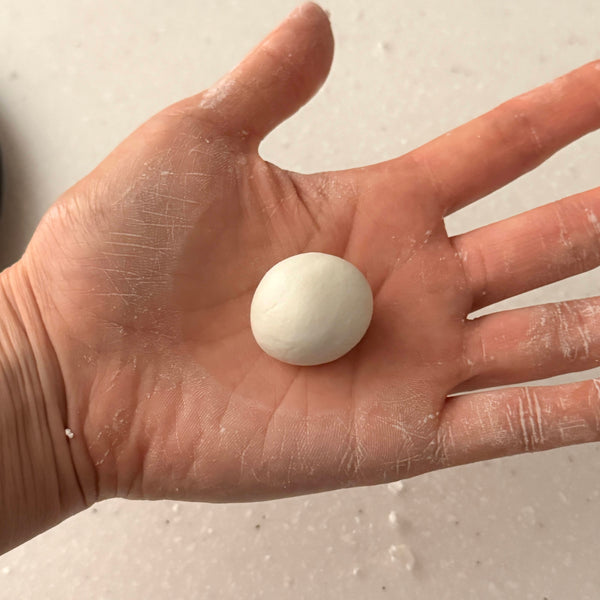
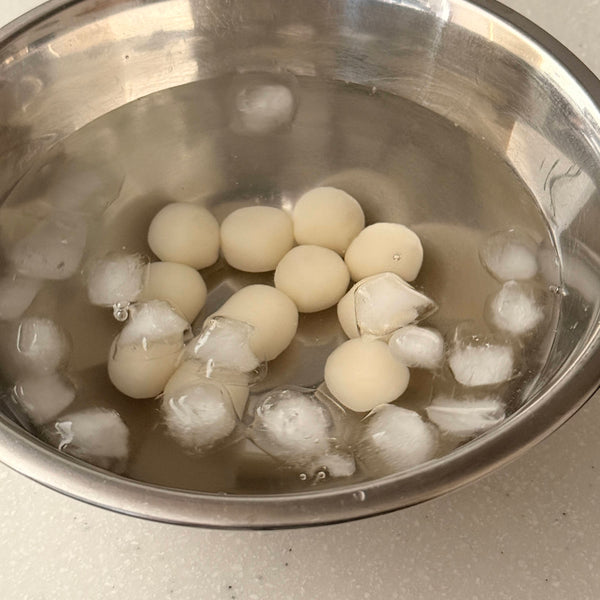

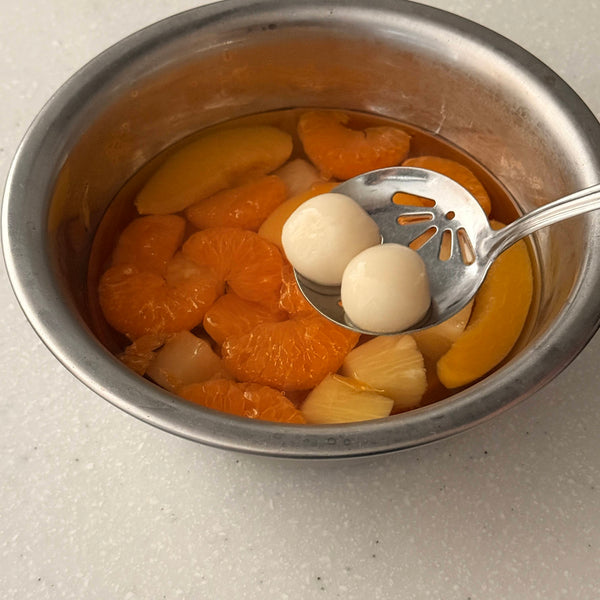
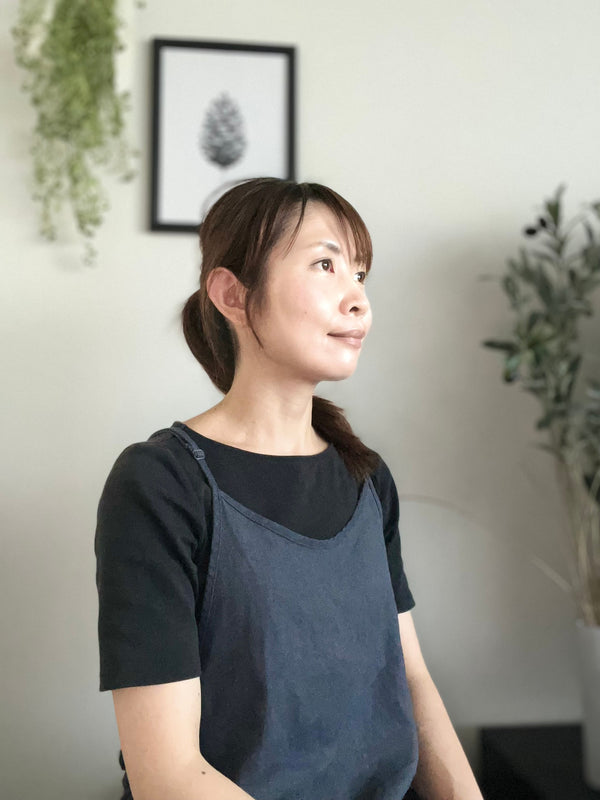
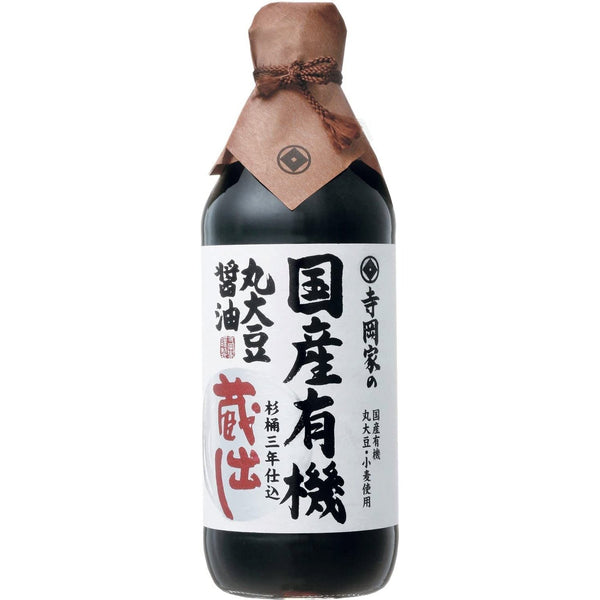
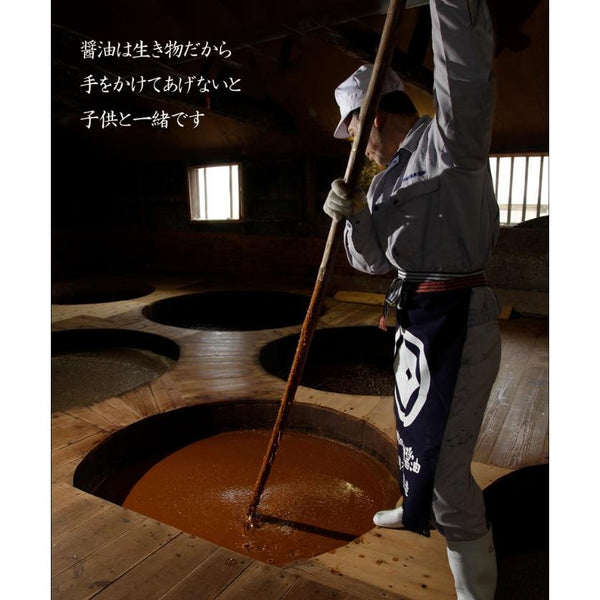
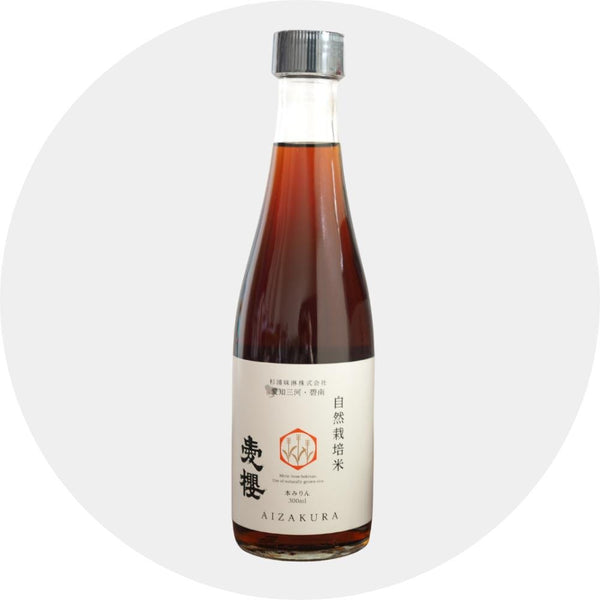

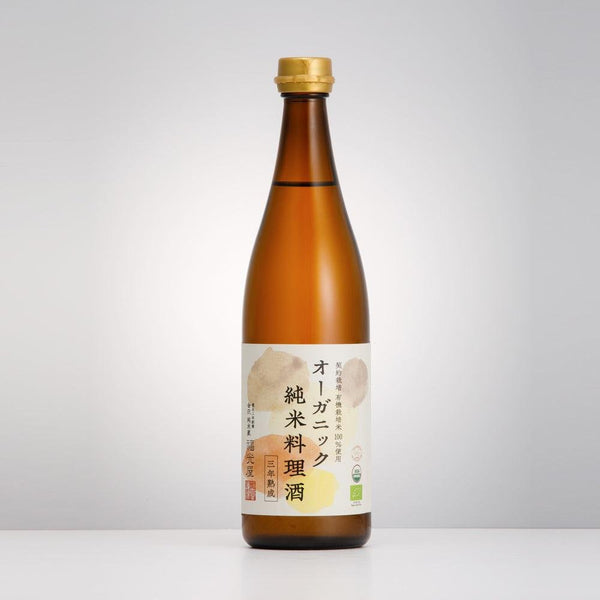
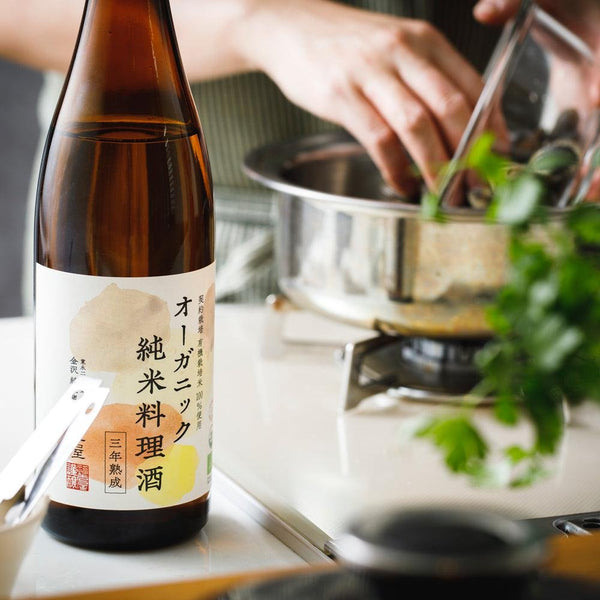


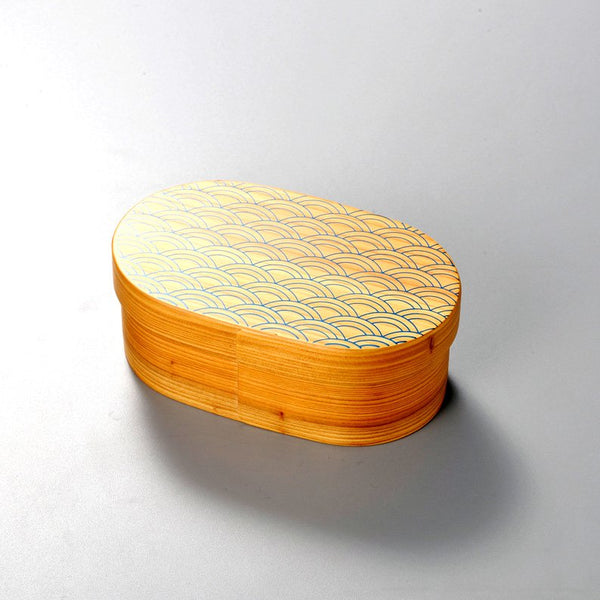



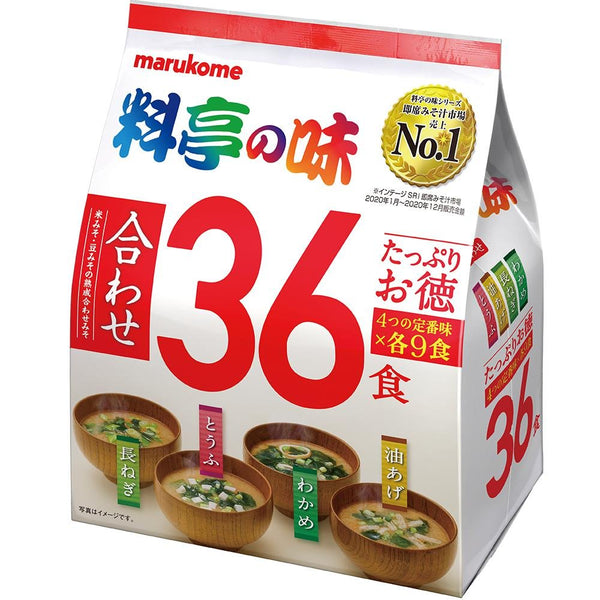
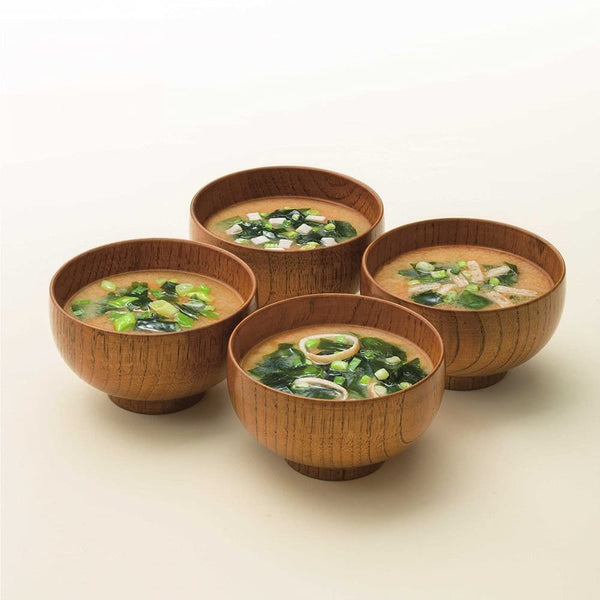
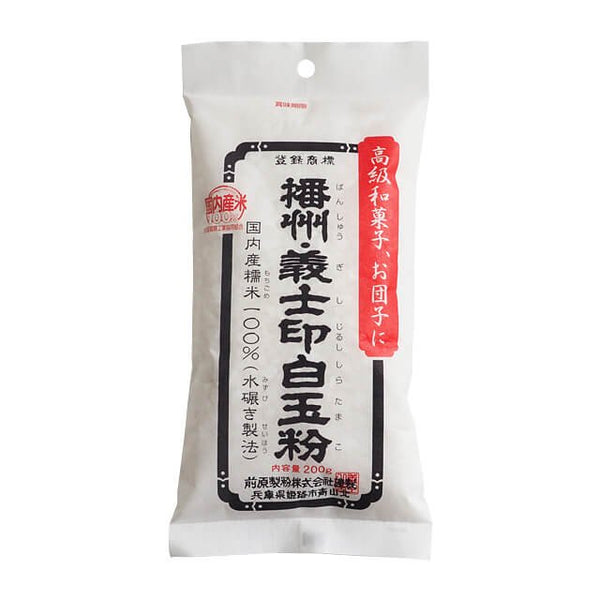
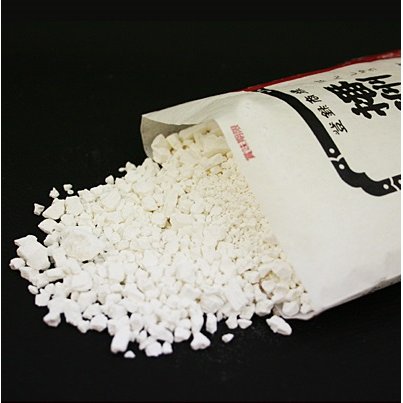
0 comments